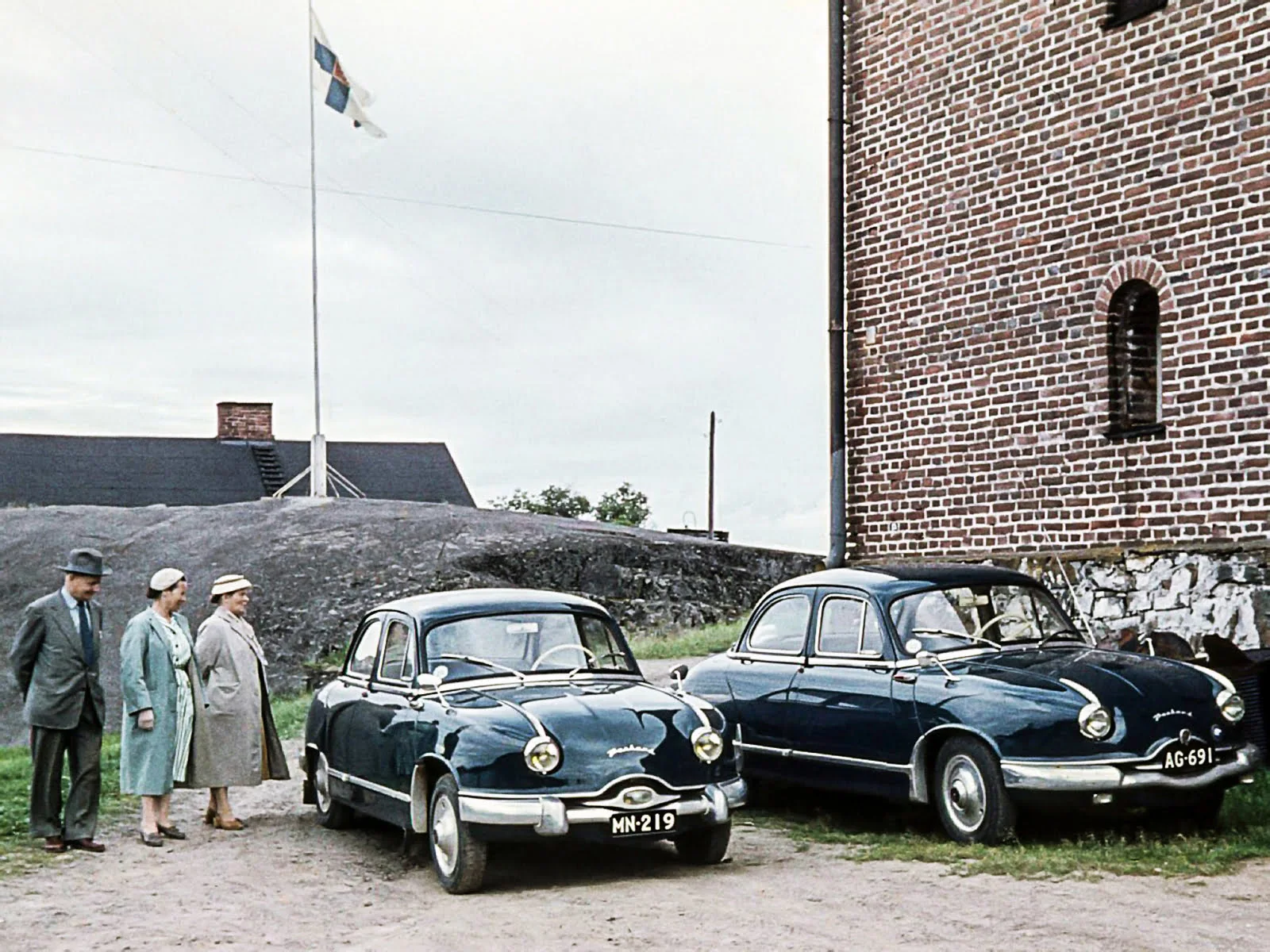The Nostalgia of Forgotten Gods: Panhard & Levassor, France, 1886-1967
23 March 2024 3 min read 5 images

Photo credit: Bonhams, Wheelsage
In automotive history, few names evoke as much nostalgia as Panhard. Founded in 1886, this pioneering French car manufacturer left an indelible imprint on the industry, shaping its early evolution and setting benchmarks that would resonate for decades to come. René Panhard and Émile Levassor, both talented engineers, joined forces to create the first automobiles in history.
Register to unlock this article
Signing up is free and gives you access to hundreds of articles and additional benefits. See what’s included in your free membership. See what's included in your free membership.
Already have an account? Log In

